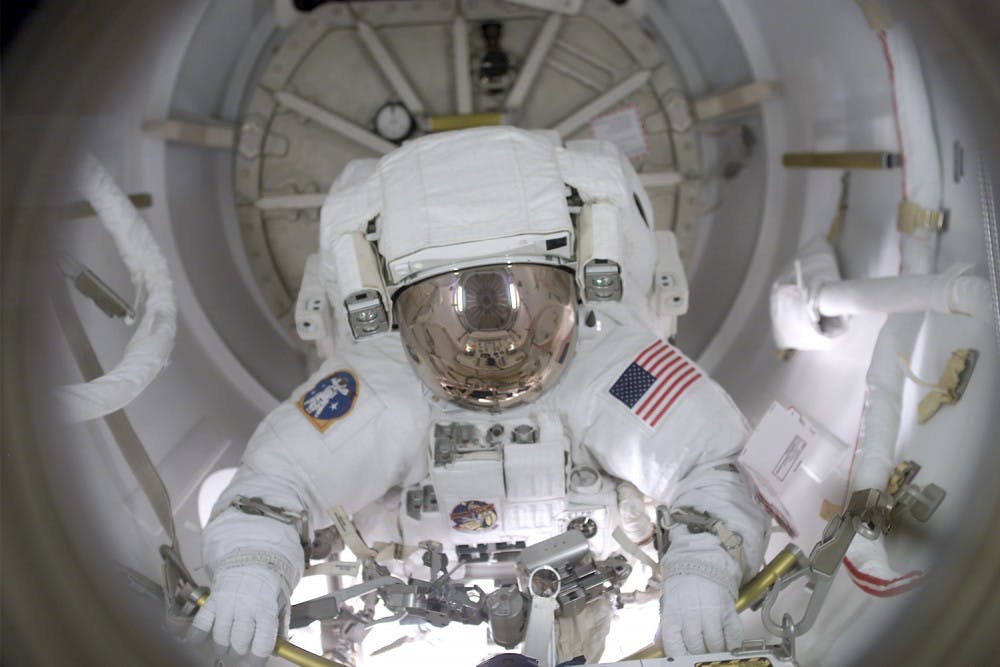John B. Herrington, an astronaut and an advocate for education, was recognized as the first Native American man to go to space.
The Gillings School of Global Public Health recently announced that Herrington will deliver its spring commencement speech. He talked to Staff Writer Mona Bazzaz about his experiences in space and his upcoming speech.
The Daily Tar Heel: What made you decide to agree to give the commencement speech for the School of Public Health?
JOHN B. HERRINGTON: My brother, Dr. Jim Herrington, was recently hired at the School of Public Health.
One thing led to another ... and I’m honored to be invited.
DTH: When did you first want to go into space?
JH: I was selected to NASA in 1996 after applying twice. I was in NASA for about six years partaking in a variety of training as well as engineering work. Finally, I was selected to fly in 2000 and we took off in 2002.
DTH: How selective was that process?
JH: There were 3,000 applicants the year I applied, and of those 3,000, 44 students were chosen. In order to be considered, you have to have a technical background — either math- or science-related. I was a Navy test pilot previously and had recently earned a master’s degree in agronomical engineering, which I think gave me a competitive edge.



